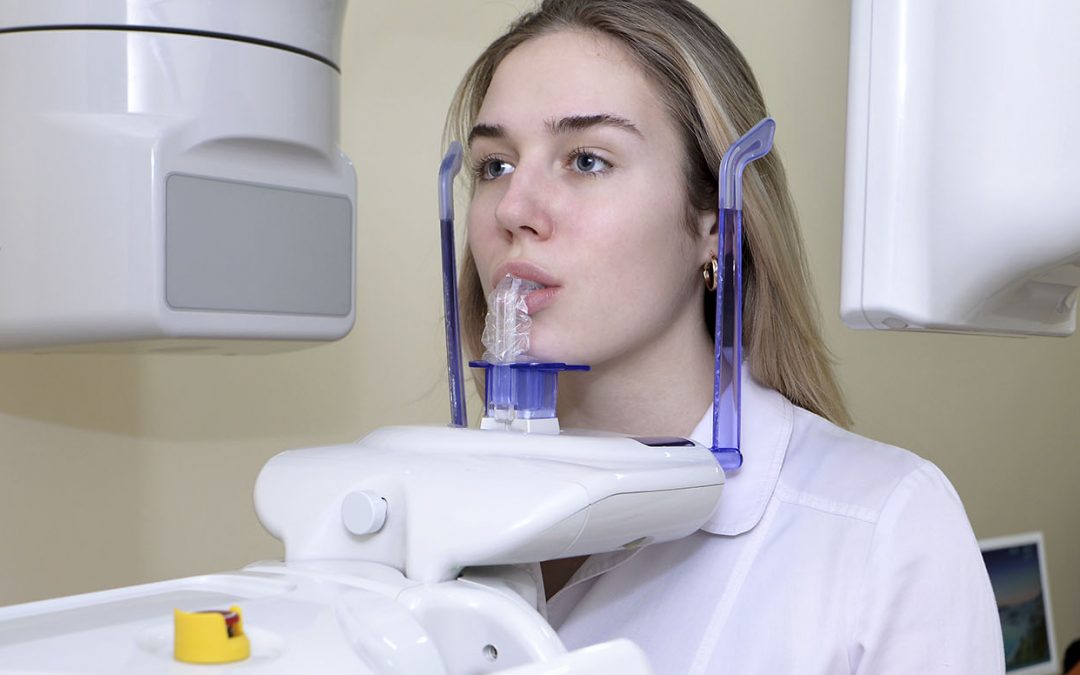ISO 13017 Dental Handpiece Endurance Testing
The ISO 13017 standard is a crucial benchmark in the medical device sector, particularly for dental handpieces. This testing protocol ensures that dental instruments meet stringent durability and performance standards, which are essential for safe and effective use in clinical settings.
Dental handpieces are integral tools in modern dentistry, facilitating various procedures such as drilling, polishing, and removing decayed material from teeth. Their design must ensure not only precision but also longevity to minimize maintenance downtime and maximize patient comfort. ISO 13017 focuses on assessing the endurance of these devices under simulated use conditions that mimic real-world scenarios.
The testing procedure involves subjecting dental handpieces to a series of repetitive cycles, designed to replicate the typical operational demands they face in clinical environments. This includes varying levels of torque and speed, simulating different drilling tasks and patient interactions. The purpose is to identify any potential failure points or weaknesses that could compromise the safety and efficacy of the device.
Compliance with ISO 13017 not only enhances product reliability but also ensures regulatory adherence. This standard is widely recognized in Europe through EN standards, further emphasizing its importance for manufacturers aiming to meet international quality benchmarks. By adhering to these tests, dental handpieces can be assured of consistent performance and durability, thereby enhancing patient care.
The testing process typically begins with thorough pre-test inspections to ensure the integrity of each specimen. These inspections include visual examination, dimensional checks, and verification of operational characteristics. Once prepared, the specimens undergo a series of endurance cycles that vary in duration, torque, and speed according to predefined protocols. Post-testing, all devices are re-examined for any signs of wear or damage.
The results from these tests provide detailed insights into the performance capabilities of dental handpieces. These findings help manufacturers refine their designs and improve product quality, ensuring they meet both clinical and regulatory requirements. The data generated during testing can also be used to inform design changes aimed at extending the service life of devices without compromising on safety or functionality.
In conclusion, ISO 13017 testing is an indispensable part of the dental handpiece development process. It ensures that products are robust enough to withstand rigorous use while maintaining high standards of performance and safety. By leveraging this standard, manufacturers can enhance their reputation for producing reliable medical devices and gain a competitive edge in the market.
Customer Impact and Satisfaction
The implementation of ISO 13017 testing significantly impacts customer satisfaction by ensuring that dental handpieces perform reliably over extended periods. For quality managers, this means having more consistent product performance across all batches produced, reducing the risk of failures during critical procedures. Compliance officers can rest assured knowing their products meet international standards, thereby avoiding potential recalls or lawsuits.
R&D engineers benefit from detailed feedback on how to improve designs for better endurance and efficiency. Procurement teams find value in knowing that suppliers adhere to stringent testing protocols, leading to more robust supply chains. Ultimately, these improvements translate into higher customer satisfaction due to fewer issues reported by dentists and patients alike.
International Acceptance and Recognition
The ISO 13017 standard has gained significant traction in the medical device industry, especially within Europe where it is recognized through EN standards. This widespread acceptance underscores its relevance and effectiveness in ensuring product quality.
Manufacturers who comply with this standard not only enhance their global reputation but also open doors to international markets. Regulatory bodies around the world increasingly favor products that adhere to internationally recognized standards like ISO 13017, making it an essential requirement for export.
Use Cases and Application Examples
Testing dental handpieces for their ability to withstand high torque and speed cycles in clinical settings.
Evaluating the performance of handpieces under varying conditions, such as different materials being drilled or polished.
Assessing durability by simulating extended use over multiple sessions.
Identifying potential weak points in design that could lead to early failure.
Ensuring compliance with international standards for export and domestic markets.
Providing data for continuous improvement of dental handpiece designs.
Frequently Asked Questions
- It ensures consistent performance across all batches produced.
- It minimizes the risk of failures during use, enhancing patient comfort and safety.
- It opens doors to international markets by adhering to global regulatory standards.
- It provides detailed insights for design improvements aimed at extending service life without compromising on safety or functionality.





